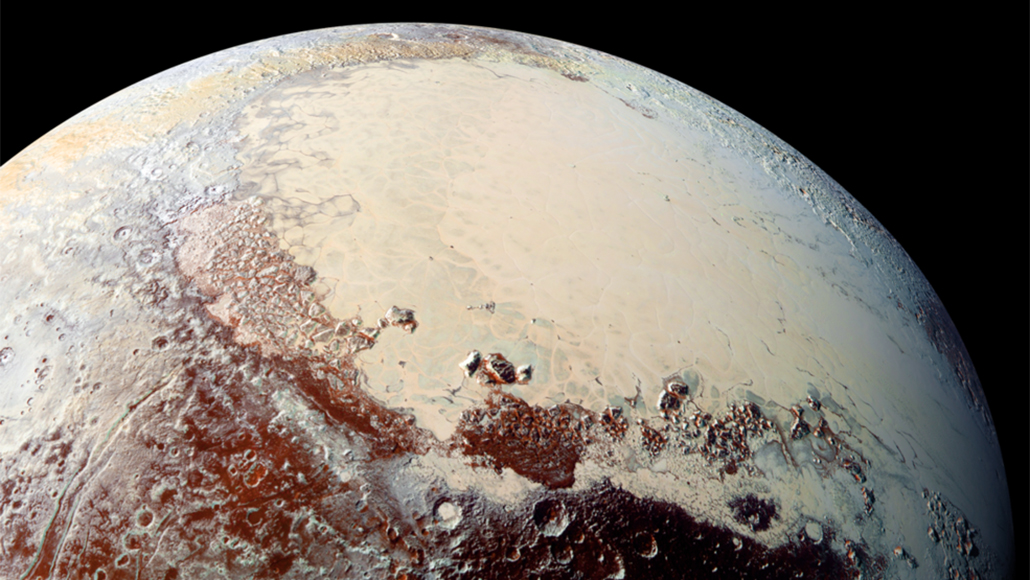If Pluto has a subsurface ocean, it may be old and deep
New research hints that liquid water might be common at the solar system’s edge

NASA’s New Horizons spacecraft revealed Pluto’s largest impact basin, Sputnik Planitia, which makes up part of the dwarf planet’s famous heart-shaped feature. The basin may hide a subsurface sea.
SwRI, JHUAPL, NASA